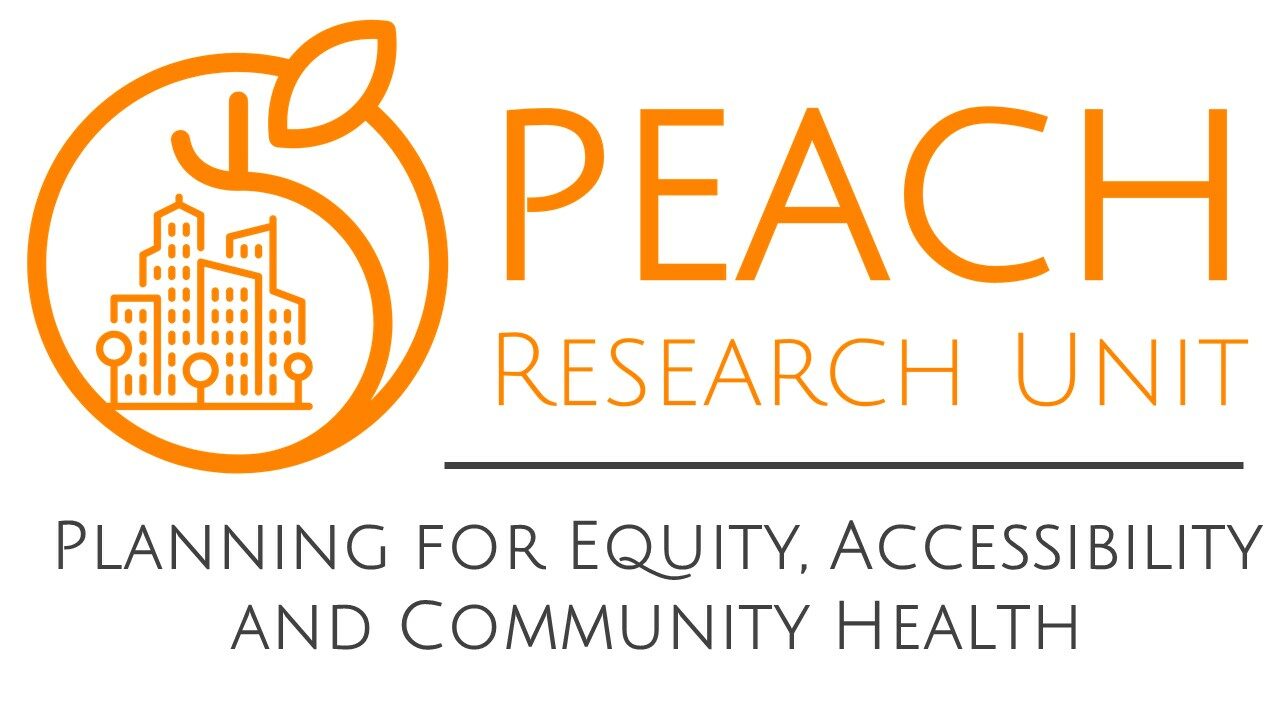Japan enacted its first Barrier-Free Act in 2006, which was updated twice in recent years (2018 and 2020). All tiers of government (federal, prefectural and municipal) in Japan have been pretty serious about making trains and train stations accessible. But the efforts made in Tokyo in the last decade are beyond compare.
DPI Japan, one of the largest and most influential advocacy organizations for the rights of persons with disability, has been monitoring the progress on accessibility in public infrastructures including train stations. According to DPI Japan, there were 476 stations in Tokyo in 1990. Back then, there was no station where wheelchair users could freely get on and off the trains. Merely 16 stations had elevators to go up to the platforms, about a half had any staff to assist persons with disability, and two had an assistive escalator. In 2019, a year before Tokyo Olympic/Paralympic Games 701 (about 92%) of the then total of 760 existing stations met the national accessibility standards, and 97% of the stations had sections where wheelchair users can roll through and get on and off the trains without encountering steps. All have accessible bathrooms.

All 12 railways companies in Tokyo are privately owned. Of those, Japan Railway (JR) used to be a public entity, which was privatized in the 1980s. Coordinating the daily operations of this super complex train system involving 12 companies sounds like a logistical nightmare, yet they seem to have all figured it out. Likewise, the coordinated efforts by all companies to make trains and train stations accessible are impressive.

One of the challenges faced by these train stations was the gaps between the trains and the platforms. Recommended maximum gap between the door and platform is 7cm (2 ¾ inches). Commuter trains typically run with 10 to 16 cars. To accommodate them, many stations take up a long stretch of land to create the platforms, part of which may create wider gaps than other parts when the platforms are ever slightly curved.
Because land in Tokyo is already built up to the ying-yang—never mind the enormous costs of renovating the platforms to be entirely straight—they cannot move the stations to a nearby, undeveloped open space (there is none). Making the slightly curved platforms completely straight is cost prohibitive. As a solution, they designated a few spots in the platforms with the narrowest gap as an accessible doorways to incoming trains. Of course, these designated spots need to be exactly the same across all the stations the trains stop at. It is not a simple thing to do. Waiting areas of some spots are less roomy, but they seem to do the job. They do take the phrase ‘reasonable accommodation’ in the UN Convention of the Rights of Persons with Disability and the American Disability Act to heart. Some reasonable accommodations come with hefty price tags. With the firm political backing, trains in Tokyo are becoming more and more accessible every year.

Talking about train stations…
Tokyo gives a whole new meaning to “transit-oriented development (TOD)”—the now popular concept in both economically developed and developing nations. Japanese cities are so over-populated, they simply cannot function without people’s collective use of public transportation. If everyone drove a car to go to places in the same way North Americans do, the cities would simply freeze up and no one will get anywhere.
Indeed, it has been a national obsession to keep the flow of people as efficient as possible in Japan. It also means that major cities are designed for all the daily destinations to be within close proximities from everyone’s residences. North Americans also often speak of “complete neighbourhoods,” which are hard to achieve in North America given the historic development of urban forms in most cities centered around the use of automobiles. In Tokyo, it is almost impossible not to encounter services that cater to your everyday needs within a few blocks. In fact, neighbourhoods in Tokyo are formed around train stations, which are more than a place to catch a train. They have shopping malls, grocery stores, multiple pharmacies, pubs, schools, daycares, bookstores, restaurants, doctors’ offices, flower shops, pubs, bakeries (they ALWAYS have bakeries). They even have electronics stores and game centres. Train stations ARE the neighbourhood centres.
